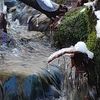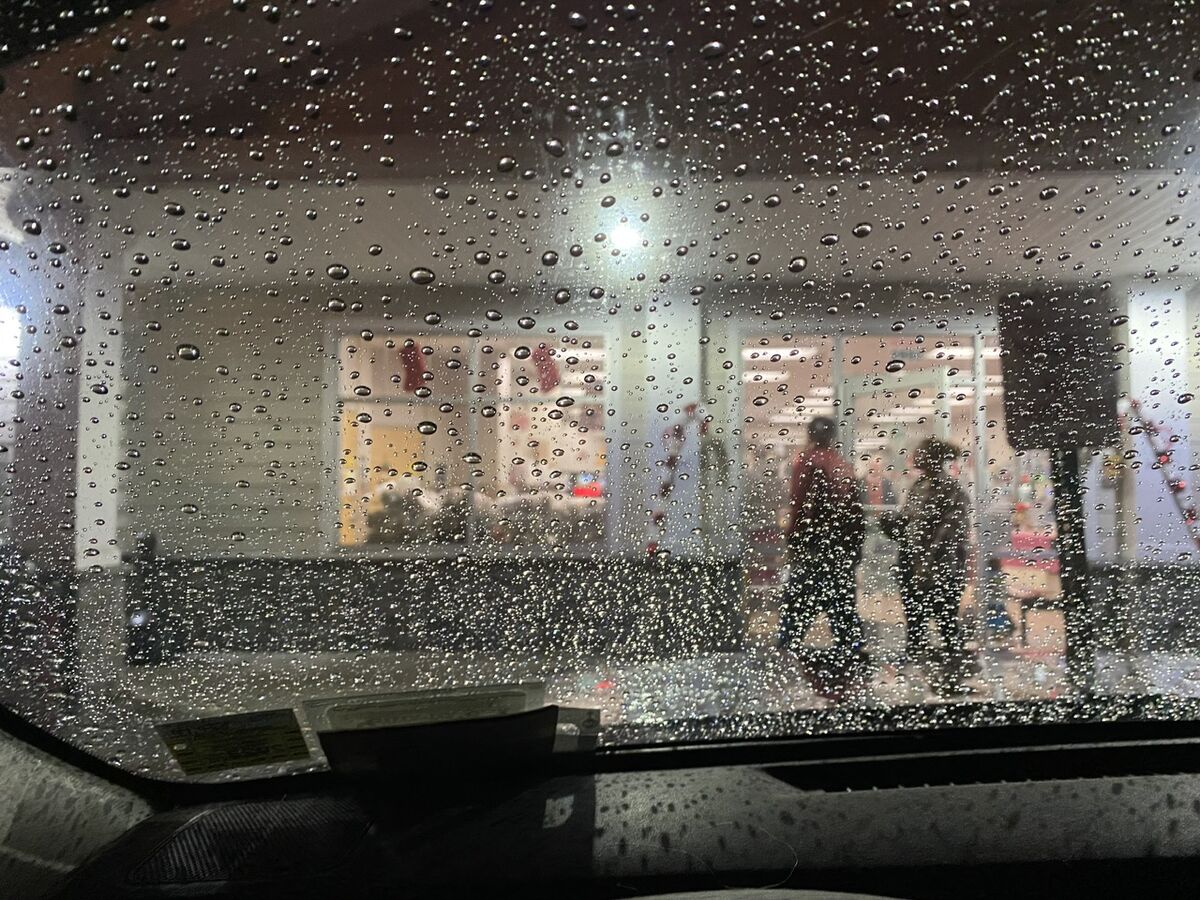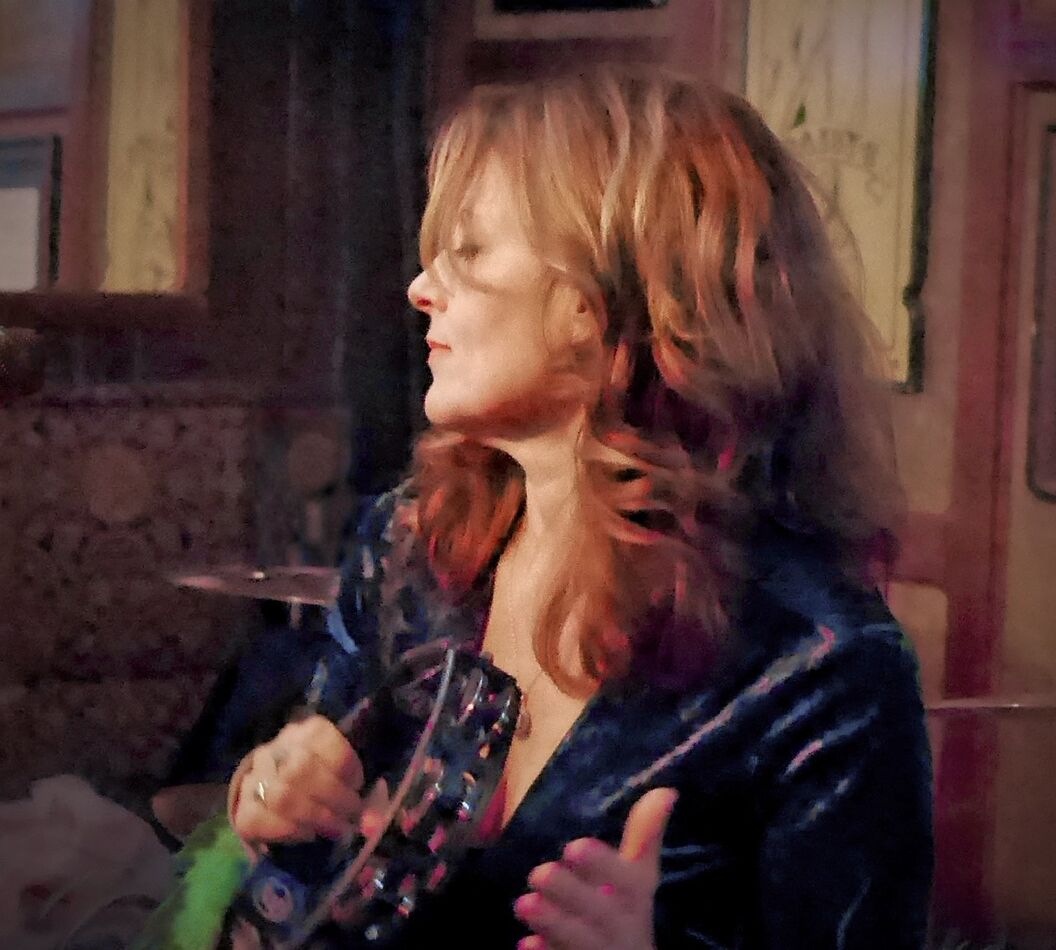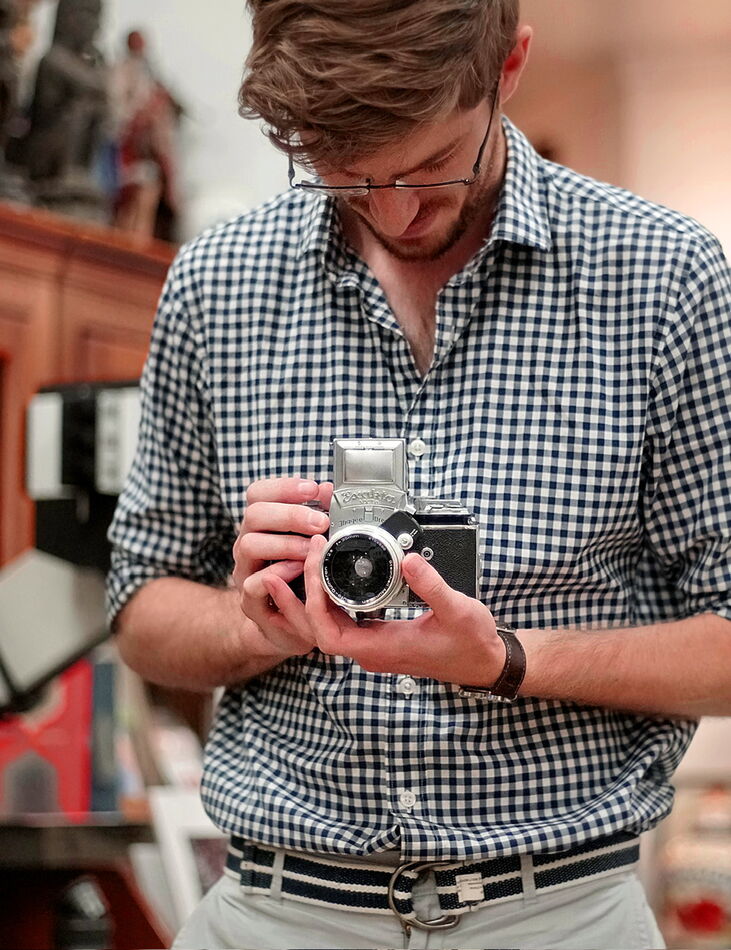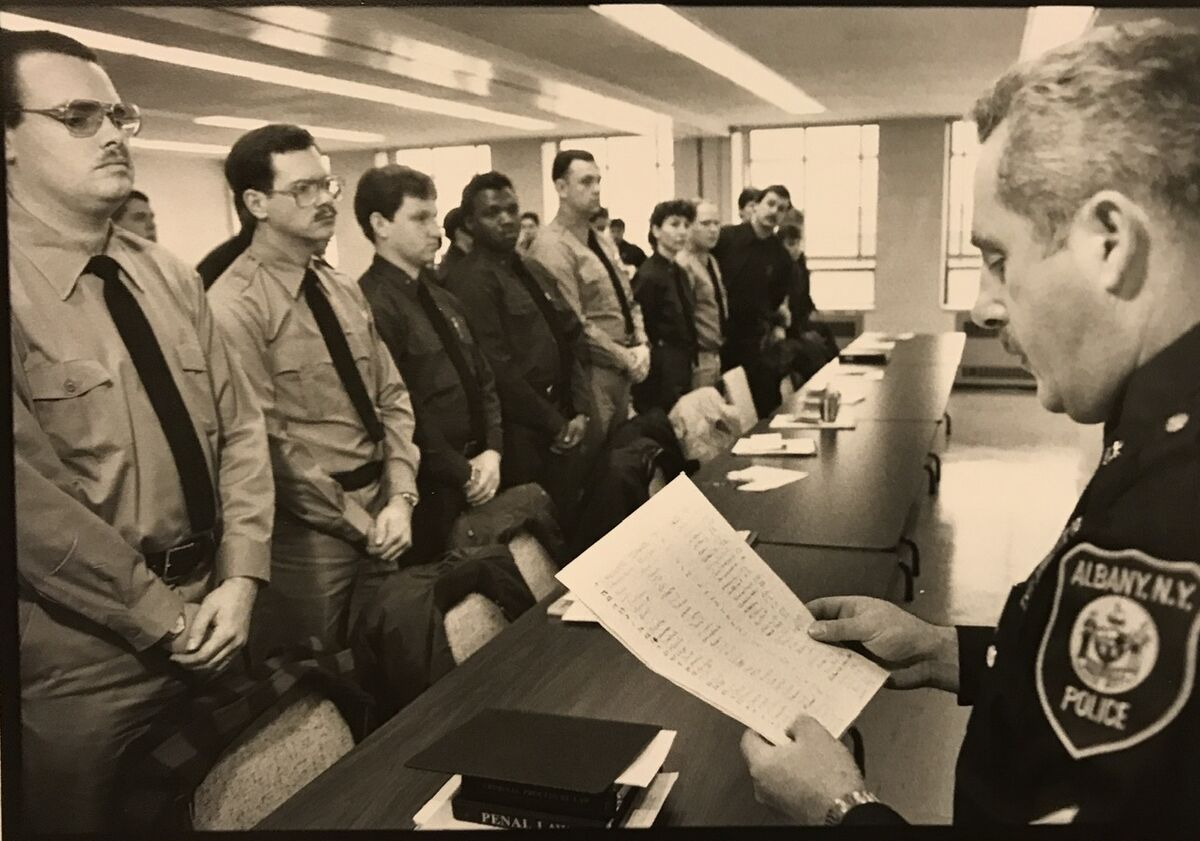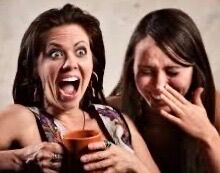How do you approach composition in your photography?
Jan 22, 2024 07:13:27 #
Martys wrote:
Hello User ID
"To avoid a snapshot appearance" Finding no clues what thaz supposed to mean without seeing some examples.
These are a selection of my efforts from my website ,....all my cropping done in the viewfinder, ...for this ol' timer it has always been an integral and enjoyable part of my workflow sir.
"To avoid a snapshot appearance" Finding no clues what thaz supposed to mean without seeing some examples.
These are a selection of my efforts from my website ,....all my cropping done in the viewfinder, ...for this ol' timer it has always been an integral and enjoyable part of my workflow sir.
Your images are awesome. There are a couple of members here whose posts you will learn to ignore. It took me a while but I finally learned to do it.
Jan 22, 2024 10:12:16 #
JZA B1 wrote:
Square crop, rule of thirds, or something completely different?
How do you know which one to apply in any given situation? Any time-tested rules or just what looks best?
How do you know which one to apply in any given situation? Any time-tested rules or just what looks best?
First, I do not use a camera that only has a screen on back.
There MUST be some kind of EVF or optical finder.
IMHO, if you can't even see your subject on the screen, any composition is impossible.
Jan 22, 2024 12:28:32 #
E.L.. Shapiro wrote:
Some photograhers have a natural inborn talent for... (show quote)
I think the word " rules " kind of misleads folks.... These so called " rules " are more like illustrations of universally observed phenomena such as things pertaining to Golden rectangle, rule of thirds, Golden spiral, Fib. #'s etc... These relationships have been shown to be " pleasing " to the eye and as such, misconstrued into rules... Anyone interested in these things should check out " The Golden Ratio " by Mario Livio. Fib.#'s will take you down the rabbit hole esp. if you are into nature etc...
Jan 22, 2024 14:29:13 #
E.L.. Shapiro wrote:
.... If you REALLY want to getting or improve and fully and fully understand and appreciate the POWER OF composition, there is a lot of great theory and concepts to consider....
THIS is newly released on PetaPixel. It has some ideas that you and others may find interesting.
Jan 22, 2024 14:42:27 #
MrBob wrote:
I think the word " rules " kind of misle... (show quote)
Etymology is fun and so are Euphisiams (the substitution of an agreeable or inoffensive expression for one that may offend or suggest something unpleasant the expression so substituted). The components and their composition are fun, interesting, enlightening, and helpful to study- call them whatever you want if "rules " are offensive or antithetical to your philosophy or nature.
I have mentioned on numerous occasions that these so-called "rules:" are not laws but are guidelines and visual aspects to consider in you work. There are, however, some REAl rules in the physics of light, electronics, optics, etc. that should be considered to be important and learned.
I am not a university or college professor, however, I have been in a position to train rookee or aspiring professional photographers. I have presented many workshops and seminars. In that environment, there's little time to philosophize because students are spendig time and money learning practical methodologies. So, what should I do? I could show my work, brag about my experiences, and tell them to go out and do whatever the heck they feel like and eventualy they will find their path. Or will it be of benefit to furnish them with some foundational theory, analyze images, illustrate how composition can strengthen or weakg the impact of images, and set forth a series of basic approaches and guidelines? This should not stunt the creative growth of a real artist nor will it make a less talented individual into an instant artist. I may need diagrams and formulas to illustrate any of these concepts or theories. They are not inted as the likes of electronic schematic diagrams where an alteration will cause a short circuit.
"Rules" are not a dirty word. Rules in art have many wonderful exceptions. When presenting a workshop I may have a dozen or more folks in a class. Some probably have more artistic talent than I will ever possess, some may have no artistic talent but are good technicians, ad there's everything in between. I just want them all to leeav the class with a few more tools in their box, more awarenessof their own potential, and at least a few important tips or tricks to make their work more efficient and easy to accomplish. Knowledge is power!
Jan 22, 2024 15:08:26 #
R.G. wrote:
THIS is newly released on PetaPixel. It has some ideas that you and others may find interesting.
Thanks for sharing this link! I found it highly interesting.
Jan 22, 2024 15:11:15 #
Martys wrote:
Hello User ID
"To avoid a snapshot appearance" Finding no clues what thaz supposed to mean without seeing some examples.
These are a selection of my efforts from my website ,....all my cropping done in the viewfinder, ...for this ol' timer it has always been an integral and enjoyable part of my workflow sir.
"To avoid a snapshot appearance" Finding no clues what thaz supposed to mean without seeing some examples.
These are a selection of my efforts from my website ,....all my cropping done in the viewfinder, ...for this ol' timer it has always been an integral and enjoyable part of my workflow sir.
Thanks for the effort. Examples clarify better than the long wordy discussions that always clutter up aesthetics topics, such as this one.
Jan 22, 2024 15:14:07 #
EJMcD wrote:
There are a couple of members here whose posts you will learn to ignore. It took me a while but I finally learned to do it.
Welcome to the slow learners club. Will you be supporting the next big membership drive ?
Jan 22, 2024 15:17:29 #
Jan 22, 2024 15:24:44 #
tillmanb wrote:
I use bokeh, frequently.
Use it how and for what ? Examples ?
---------------------------------------------
All along Id never thought of focus fall off as anything that I "use", meaning "with intent". Always seems like Im just juggling with the inherent nature or limitations of the medium (examples attached).
Jan 22, 2024 16:16:13 #
E.L.. Shapiro wrote:
Etymology is fun and so are Euphisiams (the substi... (show quote)
Sounds good... I was just kind of encapsulating where " rules " originate... Good stuff !
Jan 22, 2024 16:26:36 #
MrBob wrote:
.... I was just kind of encapsulating where " rules " originate... God stuff !
Yup. She writes the rules.
And then mere mortals try to reinterpret them .....
Jan 22, 2024 17:03:43 #
User ID wrote:
Yup. She writes the rules.
And then mere mortals try to reinterpret them .....
And then mere mortals try to reinterpret them .....
It's the mind, body interface... It pays to proof sometimes.
Jan 22, 2024 17:38:16 #
if I am shooting something alive I always make sure it has room to walk off the screen. Sometimes I use rule of 3rds and sometimes it just doesnt work for me. My big issue is aI dont have the eye for landscape photography . always looks great in real life , on the screen it almost always sux.
I spent too many years shooting people and nothing else.
I spent too many years shooting people and nothing else.
Jan 22, 2024 17:46:34 #
R.G. wrote:
THIS is newly released on PetaPixel. It has some ideas that you and others may find interesting.
Nice article! It illustrates how color, contrast, and othere components have to do with composition. It's just not only where to place things in the frame.
There are endless arguments over their rule of theirs and a few othere popular theories. Kinda silyl when the is so much more to delvein to, study, and try out.
With the pure economy of digital photograhy- no expensive film and chemistry to buy. You can experiment your head off, try various compositions, control color saturation, contrast, and brightness, and do local controls with the flick of a switch or the move of a slider. Image the film and paper inventory you would need to do for that
If you want to reply, then register here. Registration is free and your account is created instantly, so you can post right away.



